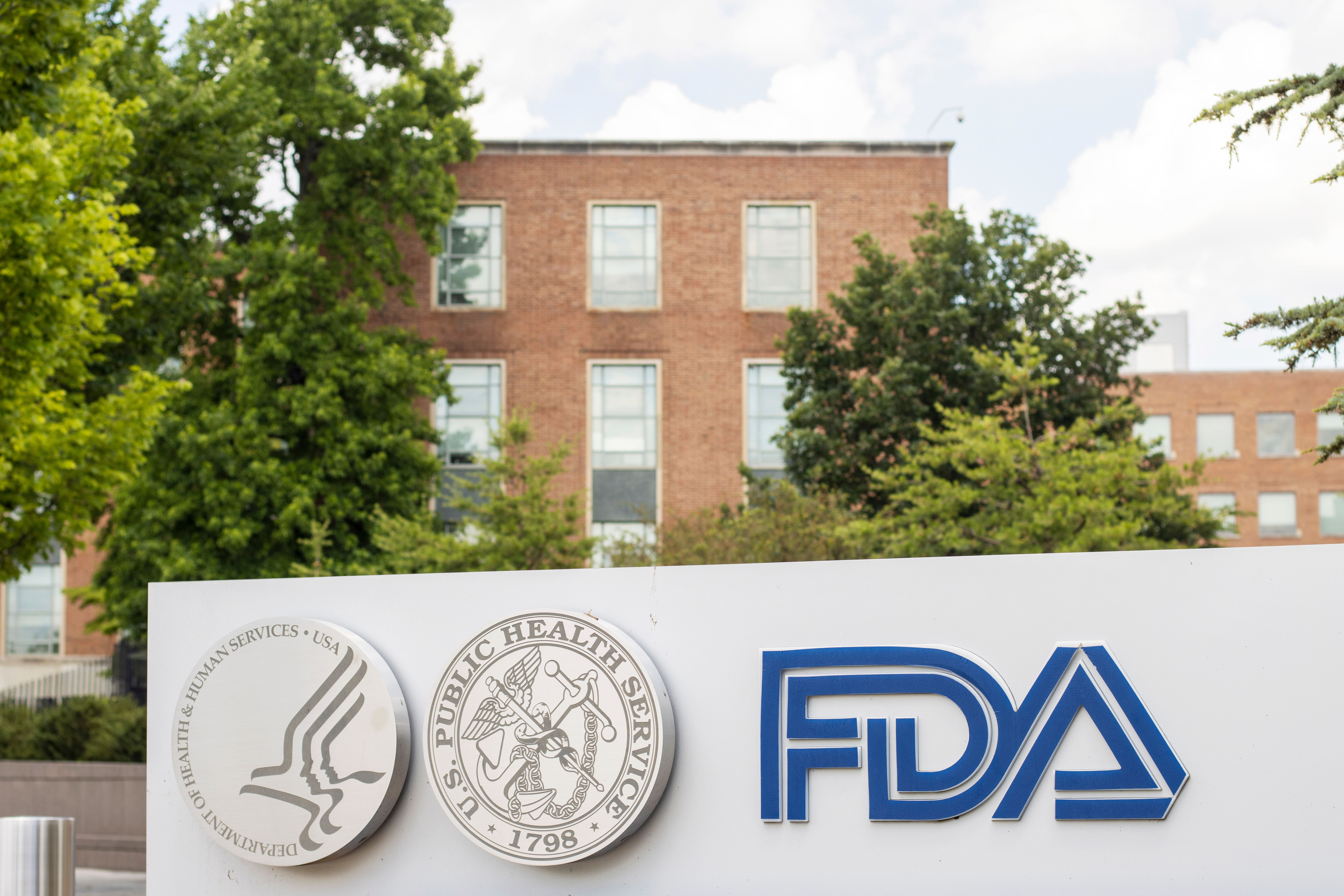- Acne
- Actinic Keratosis
- Aesthetics
- Alopecia
- Atopic Dermatitis
- Buy-and-Bill
- COVID-19
- Case-Based Roundtable
- Chronic Hand Eczema
- Chronic Spontaneous Urticaria
- Drug Watch
- Eczema
- General Dermatology
- Hidradenitis Suppurativa
- Melasma
- NP and PA
- Pediatric Dermatology
- Pigmentary Disorders
- Practice Management
- Precision Medicine and Biologics
- Prurigo Nodularis
- Psoriasis
- Psoriatic Arthritis
- Rare Disease
- Rosacea
- Skin Cancer
- Vitiligo
- Wound Care
Article
Trial HSV-2 vaccines show promise
Washington — Clinical studies have already demonstrated proof of concept for both prophylactic and therapeutic vaccines for herpes simplex virus (HSV)-2. Both types of HSV-2 vaccines are currently under development and the next few years should bring promising results, accordingto Lawrence R. Stanberry, M.D., Ph.D., chairman of the department of pediatrics and director of the Sealy Center for Vaccine Development at the University of Texas Medical Branch in Galveston.

Dr. Stanberry summarized the current status of HSV-2 vaccine development at the 44th Annual Interscience Conference on Antimicrobial Agents and Chemotherapy (ICAAC) here.
Prophylactic vs. therapeutic Prophylactic vaccines are designed to prevent an uninfected person from becoming infected or from developing disease if infection occurs. Of the 24 vaccines currently licensed for use in children or adults in the United States, all are prophylactic.
Vaccine strategies Multiple strategies have been used in HSV vaccine creation. One of the first strategies, the use of inactivated virus preparations, has been unsuccessful for HSV. Although live, cell culture-attenuated vaccines such as oral polio vaccine have been efficacious in the prevention of other diseases, attempts to use this approach with HSV-2 have also not fared well.
"Herpes is a notoriously unreliable partner in the development of stable attenuation," Dr. Stanberry says. "You can get attenuation, and then for unpredictable reasons, the virus will revert to wild-type. So that strategy has been abandoned."
Live, genetically attenuated vaccines take the tissue culture strategy one step further by selectively removing genes important in virulence or latency. This strategy appears to hold promise, but to date has not been successful.
A variation on the strategy is to develop a vaccine using replication-impaired virus, in which one or more genes essential for viral replication inside the host cell have been removed by genetic engineering. In this strategy, the cell line used to grow the virus has been engineered to express the necessary genes and produce the missing proteins, although normally the viral genes would not be present in the host cells.
"The virus is grown in a complementing cell line so that the viral progeny that come out have the missing gene products and, therefore, are capable of causing infection, but because the progeny lack the gene that produces the missing protein, the virus can only go through a single round of replication before it shuts down," Dr. Stanberry explains.
Viral subunits (purified proteins), rather than the entire virus, can constitute a vaccine. Also, nucleic acid-based vaccines, such as DNA vaccines, have been actively studied, but there has been a problem with the "primate barrier."
"Nucleic acid-based vaccines work wonderfully in small animals, but not in non-human primates or humans," Dr. Stanberry says. In another promising approach, vectored or chaperoned vaccines use an unrelated protein or microbe to deliver the epitope to the antigen-presenting cells.
Prophylactic vaccine update After about 15 years in development, the glycoprotein D vaccine from GlaxoSmithKline is the prophylactic vaccine for which the most promising clinical data are available. This vaccine is a subunit vaccine that combines a purified recombinant glycoprotein (gD2) from HSV-2 with alum and a very potent immunostimulant, 3-O-deacylated-monophosphoryl lipid A, that is a component of the Salmonella cell wall. In a number of phase 2 studies, this vaccine was shown to engender a robust T-cell response.
Two large phase 3 studies in discordant heterosexual couples, enrolling over 3,000 volunteers, have been completed. The vaccine afforded significant protection against HSV disease in seronegative women but had no effect whatsoever in HSV-1 seropositive women or men of any serological status.
"What was very exciting about it was that it was the first study done that demonstrated the feasibility of a vaccine to control herpes disease," Dr. Stanberry says.
Newsletter
Like what you’re reading? Subscribe to Dermatology Times for weekly updates on therapies, innovations, and real-world practice tips.











